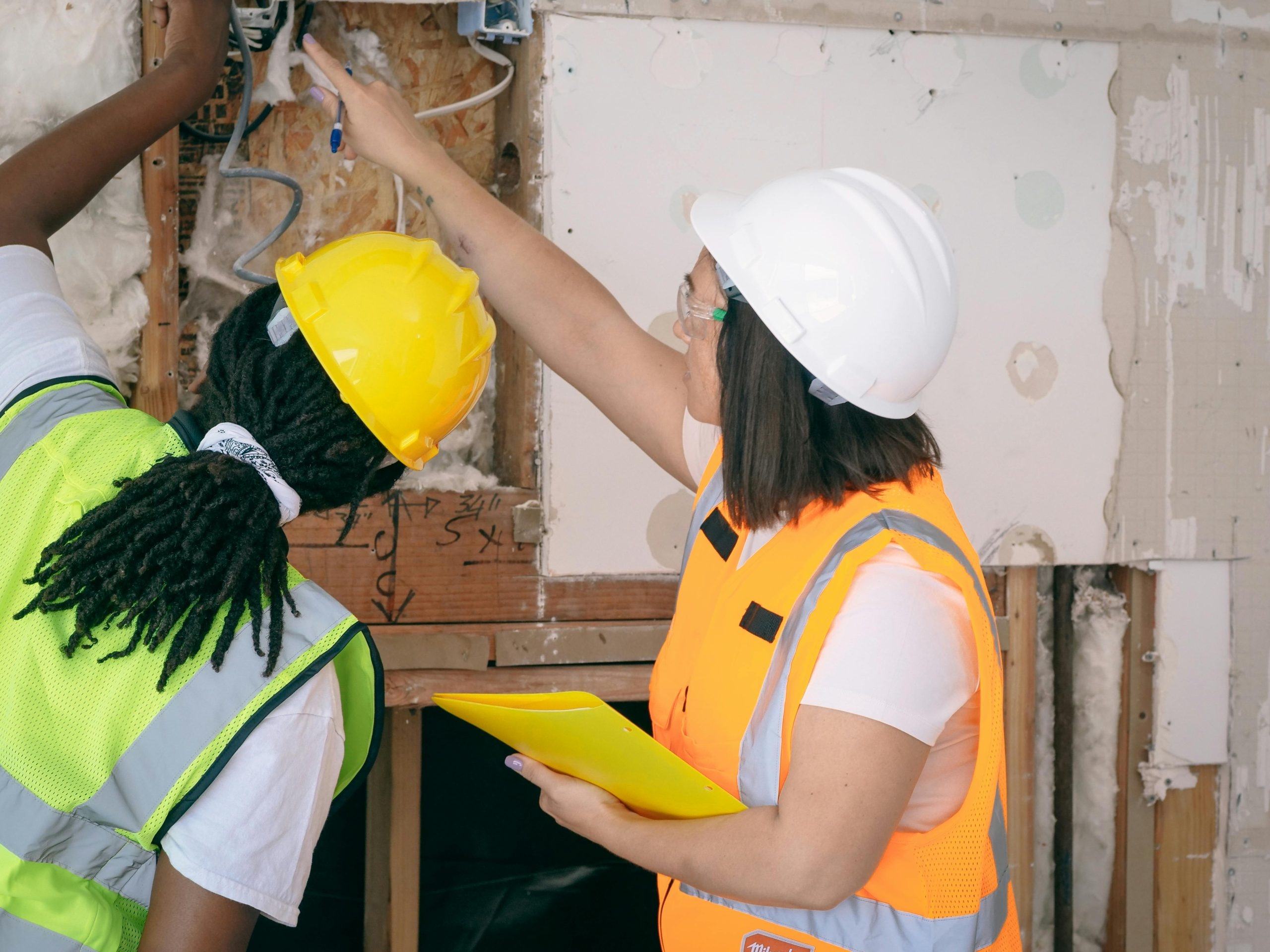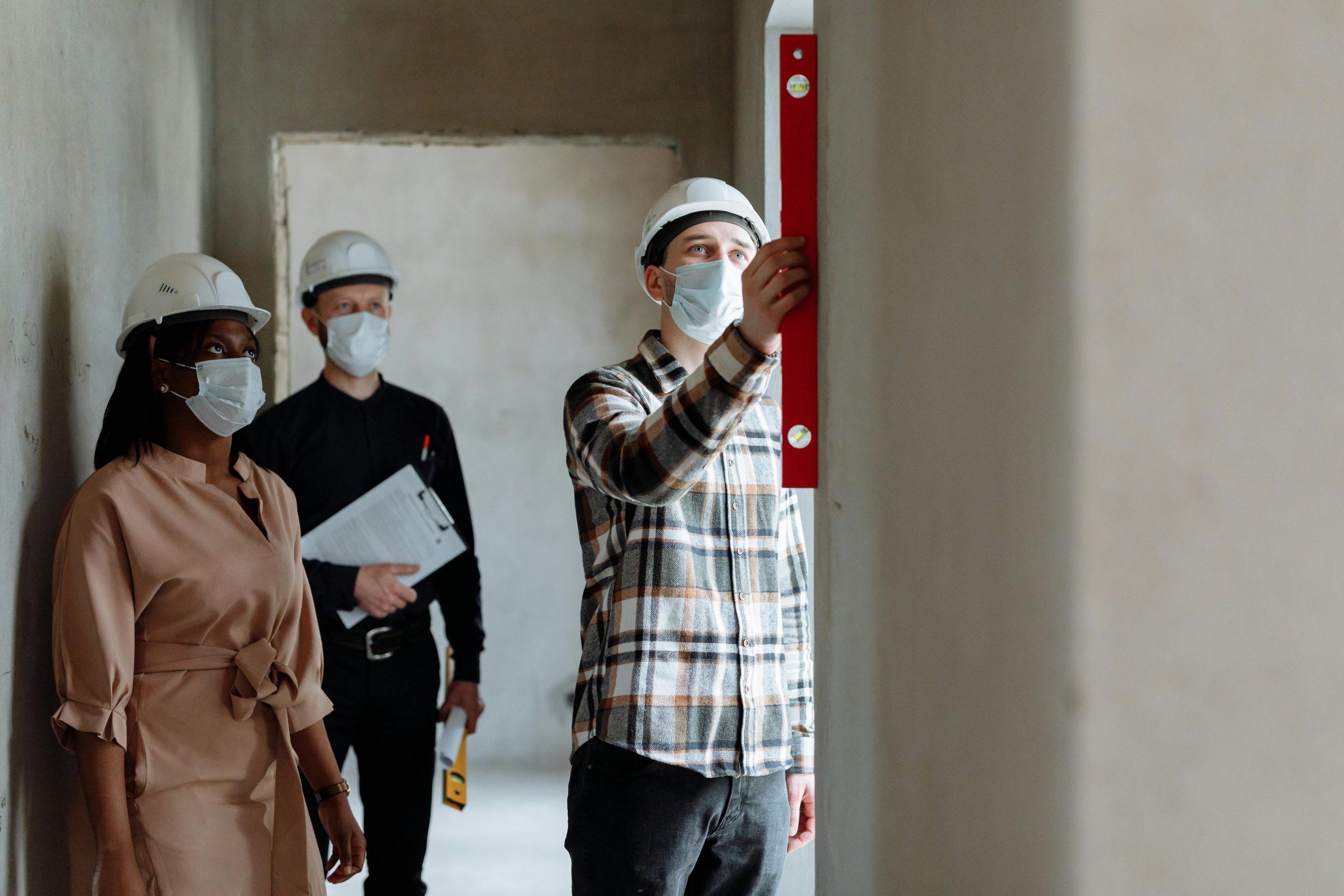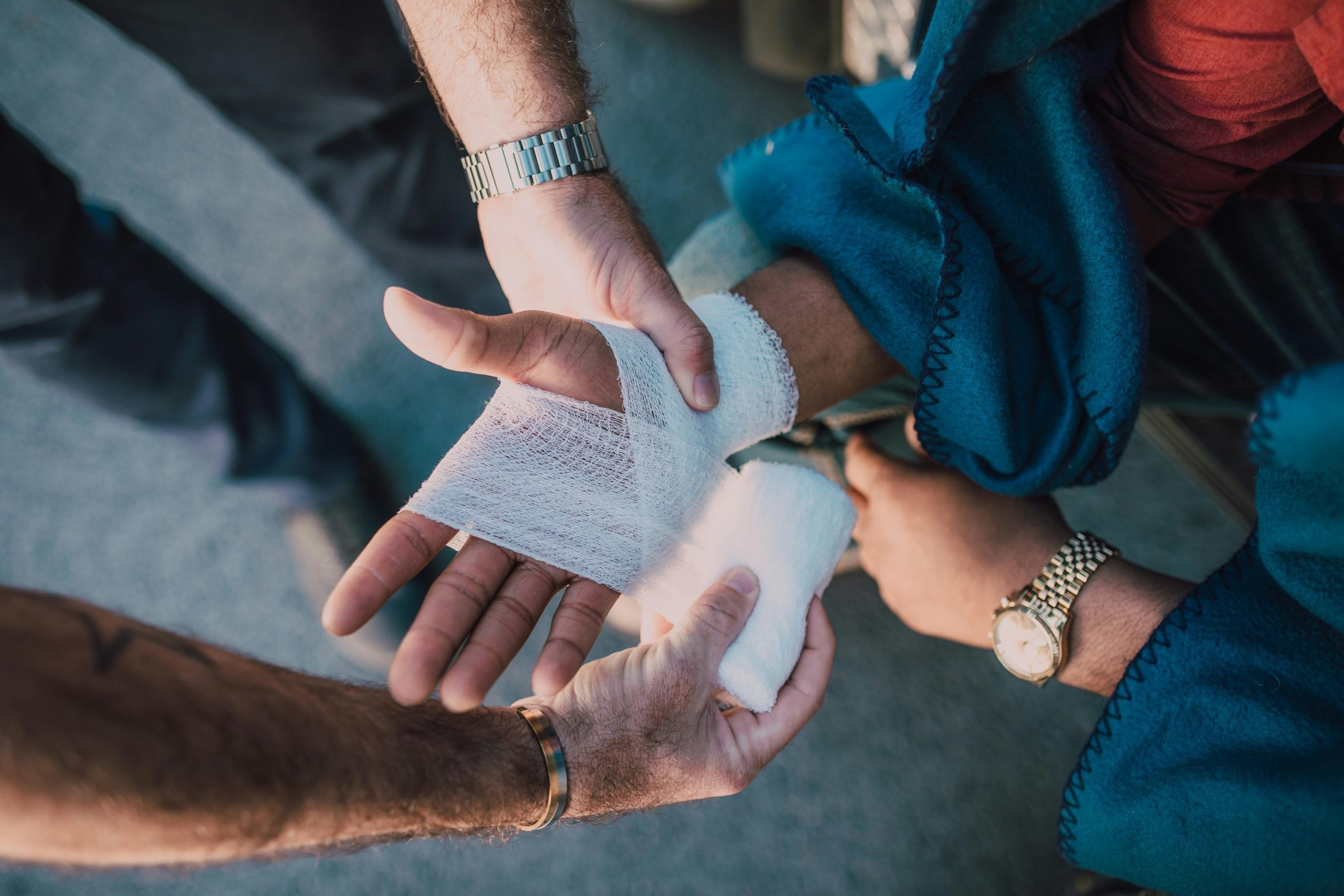Classroom Safety: Avoiding Common Accidents
Ensuring a safe classroom environment is essential for both students and teachers. A well-maintained classroom reduces the risk of injuries and fosters an atmosphere beneficial to learning. However, accidents can occur due to hazards such as clutter, faulty furniture, electrical issues, and inadequate emergency preparedness. By taking proactive steps, educators can create a safer space that minimises risks and ensures student safety. This article explores common classroom accidents and provides practical safety measures to prevent them, incorporating relevant legislation and guidelines to ensure compliance.
Slips, Trips, and Falls
Slips, trips, and falls are among the most common accidents in schools, typically caused by misplaced objects, wet floors, loose cables, or uneven surfaces. Under the Health and Safety at Work etc. Act 1974, schools have a duty to ensure the safety of their premises, including maintaining walkways and preventing hazards. Additionally, the Workplace (Health, Safety and Welfare) Regulations 1992 require floors to be suitable, in good condition, and free from obstructions.
To prevent these incidents, classroom floors should be kept clear of unnecessary items such as children’s bags, books, and any loose wires. Students should be encouraged to place their belongings in designated areas to reduce clutter. Any spills must be cleaned up promptly, with appropriate signage used to warn of wet floors. Carpets and rugs should be secured to prevent tripping hazards, and floors should be regularly inspected for cracks or uneven surfaces, with necessary repairs reported to maintenance staff.
Furniture-Related Injuries
Desks, chairs, shelves, and storage units are essential classroom items, but they can pose risks if not handled properly. The Provision and Use of Work Equipment Regulations 1998 (PUWER) mandates that all work equipment used by employees, including classroom furniture, must be safe, suitable for use and regularly maintained.
To enhance safety, furniture should be regularly inspected for stability and structural integrity, any damaged or wobbly items should be repaired or removed promptly. Students must be reminded to sit properly on chairs and avoid rocking back on two legs to prevent falls. Heavy objects should always be stored on lower shelves to reduce the risk of them toppling over, freestanding shelves or tall storage units should be secured to walls where necessary. Additionally, teaching students how to safely stack chairs and organise materials will contribute to a more orderly and accident-free environment.
A notable example of improper storage leading to serious consequences is the ceiling collapse at Rosemead School in November 2021. The incident occurred due to chairs and tables being stored in an attic not designed for load-bearing, leading to the collapse of a classroom ceiling and injuring 15 children and their teacher. The Health and Safety Executive (HSE) investigation found that the school failed to assess the structural capacity of the storage area. As a result, the Trust was fined £80,000 in August 2023 for breaching health and safety regulations (Weale, 2023).
Electrical and Fire Hazards
Electrical and fire hazards pose serious risks in classrooms, especially with the increasing use of electronic devices such as computers, projectors, and smart boards. Under the Electricity at Work Regulations 1989, schools must maintain electrical systems to prevent hazards, ensuring that all electrical equipment is safe for use. The Regulatory Reform (Fire Safety) Order 2005 places a duty on the responsible person (typically the employer, headteacher, or a designated fire safety officer) to assess fire risks and implement preventive measures.
To minimise these risks schools should:
- Avoid overloading power strips or extension cables, as this can lead to overheating and potential fire hazards.
- Regularly inspect electrical cables for fraying or damage, replacing faulty equipment immediately.
- Use fire-retardant furniture and materials where possible to limit fire spread. Schools should consider using fire-resistant curtains, notice boards, and dividers in addition to furniture to further reduce fire risks.
- Keep flammable materials away from heat sources.
- Ensure that fire exits, extinguishers, and alarms are always accessible and in good working condition.
- Conduct regular fire drills so that students and staff are well-prepared in case of an emergency.
- Conduct Portable Appliance Testing at appropriate intervals to ensure that electrical devices remain safe and compliant.
Hazardous Materials and Sharp Objects
Classroom supplies such as scissors, craft knives, and sharpened pencils can cause accidental injuries if not used properly. Teachers should provide age-appropriate materials and store sharp tools in locked or designated storage areas when not in use. Teaching students proper handling techniques for sharp objects and laboratory equipment is crucial in preventing injuries. Supervision is also necessary during activities that require the use of sharp tools.
The Control of Substances Hazardous to Health (COSHH) Regulations 2002 apply to certain equipment and substances used in school settings, particularly in science classrooms. Chemical exposure and allergic reactions can pose serious hazards, especially during science experiments and lunchtime. Schools must comply with COSHH Regulations 2002, ensuring that hazardous substances are assessed and managed appropriately. The Children and Families Act 2014 also places a duty on schools to support students with medical conditions, including severe allergies.
To prevent these risks:
- Use non-toxic cleaning supplies and educational materials whenever possible.
- Clearly label and securely store all chemicals in locked cabinets.
- Be aware of students' allergies and enforce a no-sharing-food policy when necessary.
- Keep emergency medication, such as EpiPens, readily accessible for students with severe allergies.
Emergency Preparedness
Schools must be prepared for emergencies, as effective response plans can make a significant difference in critical situations. The Health and Safety (First-Aid) Regulations 1981 require employers, including schools, to provide adequate first-aid arrangements.
To ensure preparedness:
- Conduct regular emergency drills for fires and other potential incidents.
- Educate students on emergency contacts and response procedures.
- Update emergency contact lists regularly.
- Assess first aid needs and keep first aid kits in easily accessible locations.
- Train staff members in basic first aid.
- Establish clear communication procedures for emergencies to ensure everyone knows their role in a crisis.
- Ensure evacuation procedures are tailored to those with disabilities.
Conclusion
Under the Management of Health and Safety at Work Regulations 1999, schools must conduct and regularly review risk assessments to identify potential hazards and implement appropriate control measures. Schools should document risk assessments, assign responsibilities for implementing safety measures, and ensure staff are trained to recognise and report hazards.
A safe classroom environment is essential for effective learning and student well-being. By proactively addressing common hazards such as slips, falls, furniture mishandling, electrical dangers, and emergency preparedness, schools can significantly reduce the risk of accidents. Compliance with relevant legislation, including the Health and Safety at Work etc. Act 1974, PUWER 1998, and COSHH Regulations 2002, ensures that schools meet safety standards and legal requirements.
Classroom safety is a shared responsibility among teachers, students, and staff. Implementing these strategies fosters a culture of safety that benefits everyone. Regular assessments and safety practices should become a routine part of classroom management to ensure the continued well-being of all students and staff.
For further questions or to seek more health and safety advice please visit our website: https://wirehouse-es.com/ , call us on 03333 215 005 or directly email us via: info@wirehouse-es.com.
References
- Weale, S. (2023). Private school fined £80,000 over classroom ceiling collapse. The Guardian. Available at: https://www.theguardian.com/education/2023/aug/29/independent-rosemead-school-fined-80000-over-classroom-ceiling-collapse [Accessed 12 Mar. 2025].
- Health and Safety Executive (1974). Health and Safety at Work etc. Act 1974.
- Health and Safety Executive (1981). Health and Safety (First-Aid) Regulations 1981.
- Health and Safety Executive (1989). Electricity at Work Regulations 1989.
- Health and Safety Executive (1992). Workplace (Health, Safety and Welfare) Regulations 1992.
- Health and Safety Executive (1998). Provision and Use of Work Equipment Regulations 1998.
- Health and Safety Executive (2002). Control of Substances Hazardous to Health Regulations 2002.
- Regulatory Reform (Fire Safety) Order 2005.
- Children and Families Act 2014.






